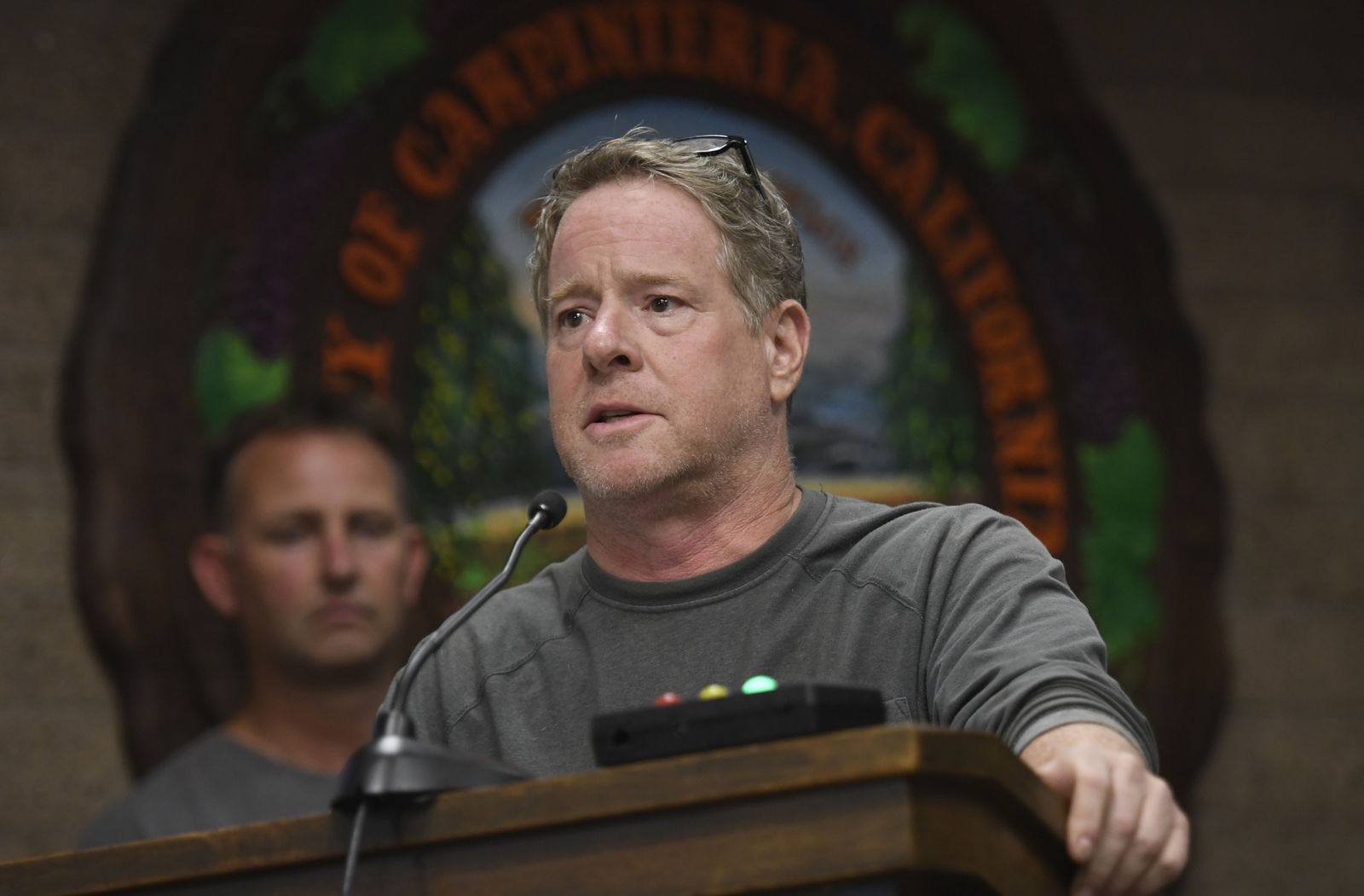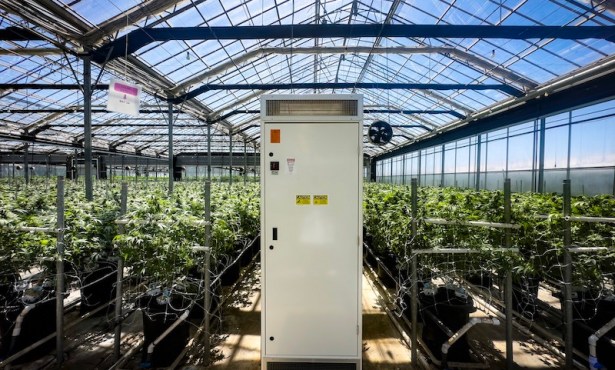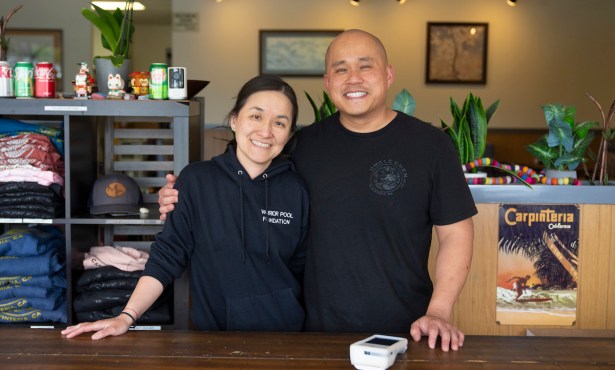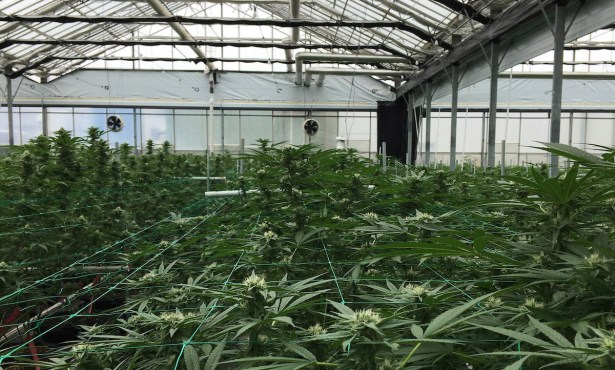‘We Need a Lot More Research’ on Cannabis-Related Emissions, Say Scientists
UCSB Professor Asks County to Conduct Studies on Cannabis Industry’s Impact on Ozone

Since growing cannabis became legal in Santa Barbara County, most public outcry has been about the aromas wafting out of Carpinteria greenhouses, where most of the crops are grown. To reduce the smell, many growers have installed odor-control systems which spray a specially designed deodorizer. Now, however, some scientists are calling for more research into what happens when the spray mixes with the natural smells coming from the cannabis plant, as well as what effects all cannabis plant emissions — odorless or not — have in the atmosphere.
Cannabis emissions are known as biogenic volatile organic compounds (BVOCs). Part of those emissions are terpenes, which cause the odors that have upset so many Carpinteria residents. Controlling terpenes, a natural compound found also in orange peels, bay leaves, and Christmas trees, is what one system produced by Byers Scientific and Manufacturing is designed to achieve. Their system uses Ecosorb CNB 100, a secret recipe protected by intellectual property law. However, the Air Pollution Control District (APCD), which is legally allowed to review the ingredients, found that, based on state standards, none of the ingredients in Ecosorb CNB 100 are considered toxic air contaminants.
But Dr. Patricia Holden, a PhD in soil microbiology and a professor at UCSB’s Bren School, is calling for studies on exactly what happens when Ecosorb reacts with cannabis BVOCs — reactions that she claims could have “unusual ozone-forming potential.” Holden, who lives in More Mesa Eastern Goleta Valley, said her neighbors are asking for this kind of evidence before assuming this system is a viable solution.
The founder of Byers Scientific and Manufacturing, Marc Byers, says he also values research into the safety and efficacy of his products, but he has not had a great experience dealing with Concerned Carpinterians. He said of the group’s members, “I could have God himself come down and say it’s safe, and they’d still go, ‘Yeah, but—.’”
The Santa Barbara area is already a hotspot for biogenic emissions due to the widespread agricultural industry and protected forest areas. But in Carpinteria, ozone concentrations are well below state standards and, according to APCD recordings, are showing an overall decrease lately. And those lower levels are a good thing, because as much as we need the ozone layer (high up in the atmosphere) to protect us from the sun, when ozone is at ground level, it’s actually a harmful air pollutant.
It is nearly impossible to identify what causes fluctuations in ozone concentrations, however, says Dr. William Vizuete, a VOC expert at the University of North Carolina at Chapel Hill. Factors like innovations in transportation or demographic changes may impact the ozone concentration of any given city. This is why Vizuete’s air-quality model, which can predict “ground-level ozone concentrations” both with and without the cannabis industry accounted for, is helpful. So far, he has run the model in Denver and provided an inventory of cannabis VOC emissions, making the study the first of its kind. But he hasn’t been able to conduct his research on a larger scale due to cannabis’s illegal status at the federal level, the usual funding sources.
Vizuete has yet to run his model on Santa Barbara County, but based on his findings, he estimates cannabis would add five tons of biogenic VOCs to the 40,000 emitted each year in the county. But that prediction contains a lot of uncertainties — among them whether different cannabis strains give off different VOCs at different levels and therefore may react differently with other air emissions. In this regard, Vizuete echoes Holden: “We need a lot more research.”



